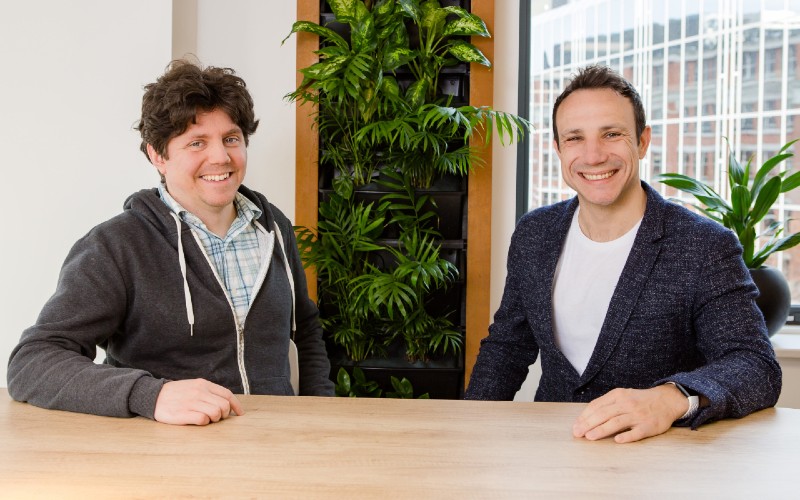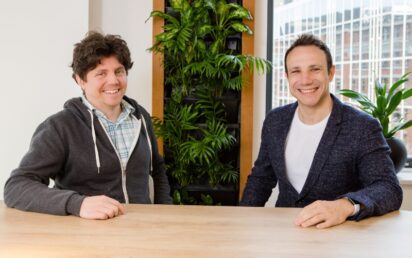A London-based company backed by Williams Formula 1 team owner Dorilton has launched the world’s first commercial AI system for making business decisions using cause-and-effect.
Last year causaLens raised £33m in Series A funding and has worked with Aviva, Murata, the Mayo Clinic and other global corporates in many sectors while developing DecisionOS.
The enterprise AI platform is able to work across all areas of a company’s activities, including sales, supply chain, recruitment and finance.
Causal AI – which allows AI to ‘think’ based on cause-and-effect reasoning, rather than acting only on past data – has been recognised by tech research giant Gartner and the academic community as the ‘next level’ of AI.
Leading tech innovators including Microsoft, Google, and Qualcomm have all built causal AI labs to explore the development’s potential.
Darko Matovski, causaLens CEO, said: “All decisions in the enterprise require a causal understanding. The best decisions are made when domain experts’ knowledge is combined with AI that truly understands cause-and-effect, and reasons like humans do. decisionOS makes it possible to evaluate different scenarios and design optimal actions for your business while providing full transparency of the decision-making process.”
decisionOS optimises business decisions by embedding Causal AI models into decision workflows at any level of an organisation.
Now enterprise users in all industry sectors will be able to go beyond relying on past patterns and correlations to make predictions, instead understanding cause and effect relationships to generate actionable insights that factor in business objectives and resource constraints.
For example, retailers can use the recommendations and insights provided by decisionOS to decide on the best pricing for individual products, across specific locations, while considering the prevailing business environment.
Takashi Hiramatsu, senior manager of Murata, said: “Understanding the causal drivers behind demand is critical. DecsionOS enhances outr supply chain visibility and our ability to run what-if analyses.”


